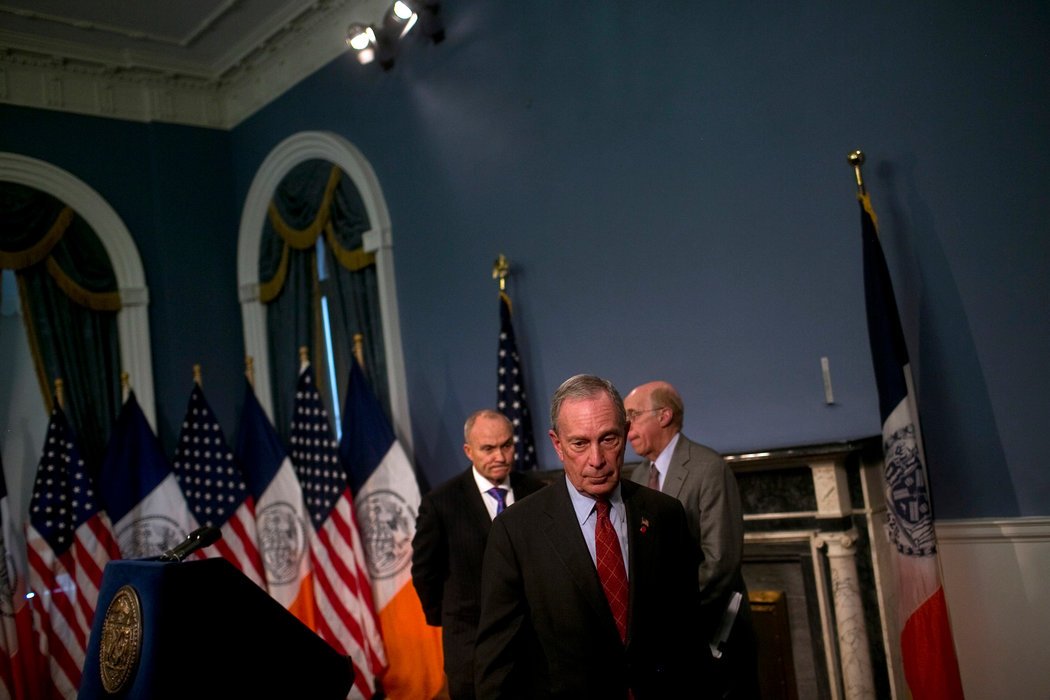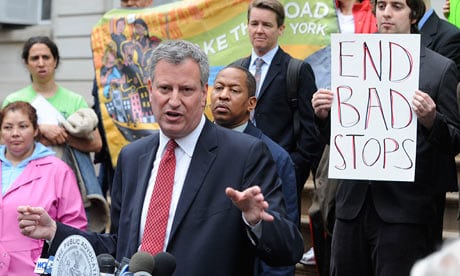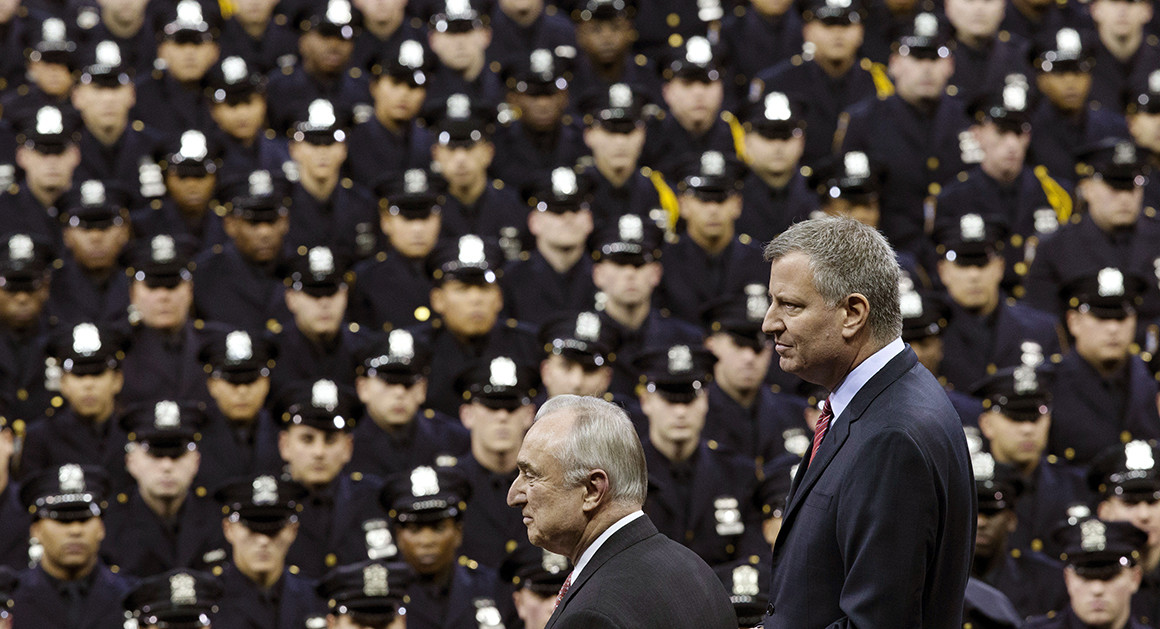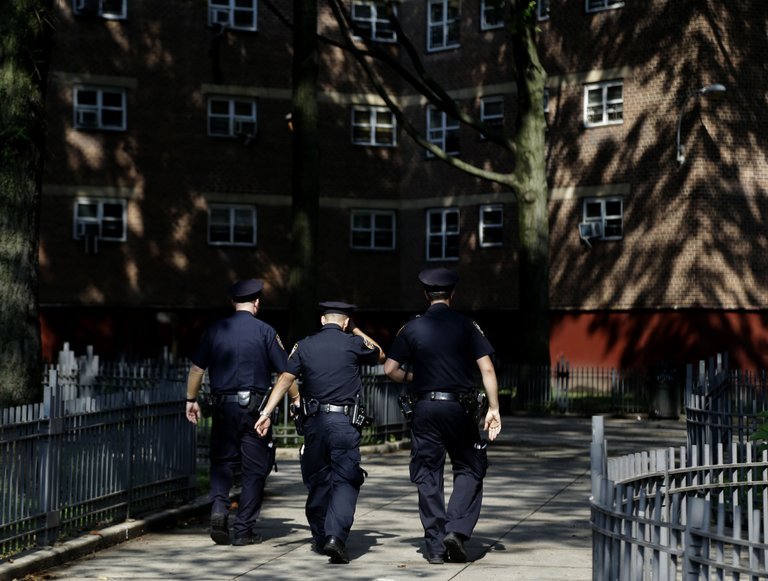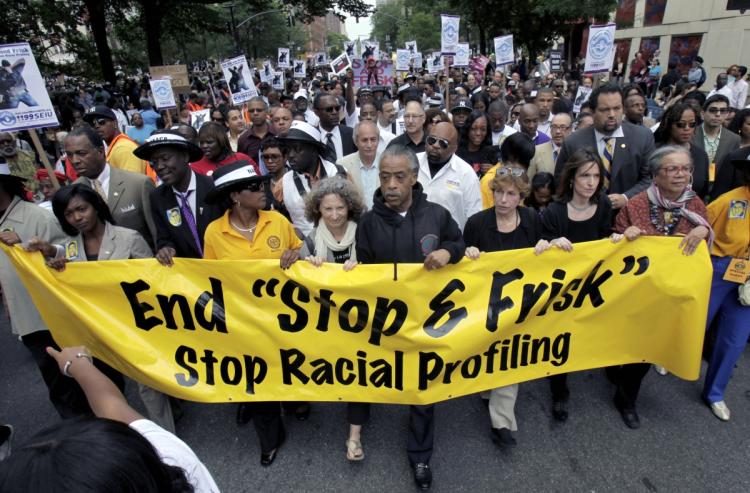Stop & Frisk from All Angles
Please wait while data loads.
-
The Beginning of Stop and Frisk in New York City
April 12th, 1990William Bratton is appointed the chief of the New York City Transit Police in 1990 and in 1994 the 38th Commissioner of the New York City Police Department (NYPD) by Mayor Rudy Giuliani. He initializes CompStat (short for Computer Statistics or Comparative Statistics) as an accountability process and works with Giuliani to bring the “broken windows theory” into practice, which meant that there was a zero-tolerance policy for minor offenses like graffiti, prostitution, small-scale drug dealing and panhandling.
-
Politicians Fight for Success of Anticrime Effort in NYC
March 3rd, 1996"The success of the anticrime effort in a city long notorious for its violence brought New York international attention and became a keystone of Mr. Giuliani's attempt to attract tourists and retain businesses and residents, as well as to secure his re-election in 1997. With Mr. Bratton gone, the Mayor will now have an opportunity to demonstrate his long-held contention that it is his administration's management techniques, not any one person, that is responsible for the drop in crime."
-
Despite Declines in Crime, NYPD Fights Class Action Lawsuit Stop & Frisk Victims
1999The Center for Constitutional Rights filed a class action lawsuit to challenge the NYPD’s policy of conducting stop-and-frisks without reasonable suspicion of criminal activity as required by the Fourth Amendment. The plaintiffs alleged that officers selectively targeted them on the basis of their race and national origin in violation of the Equal Protection Clause of the Fourteenth Amendment. The NYPD records showed that in over 75% of cases a record was not made and that African Americans were disproportionately and often incorrectly stopped.
-
Mike Bloomberg is elected as Mayor of NYC and continues Stop & Frisk practices
January 1st, 2002Bloomberg’s policing philosophy was a continuation of Giuliani’s in that he saw lowering crime rates as a major goal in office, and adopted a relentless policing style to do so, combating minor, so-called "quality of life offenses" by initiating Operation Clean Sweep.
-
Stop & Frisk Lawsuits Continue to Pile Up
January 31st, 2008The Center for Constitutional Rights filed another federal class action lawsuit against the City of New York to challenge NYPD practices of racial profiling and unconstitutional stop and frisks of New York City residents. It focuses not only on the lack of any reasonable suspicion to make these stops, but also on the obvious racial disparities in who is stopped and searched by the NYPD – approximately 85 percent of those stopped are Black and Latino, even though these two groups make up only 52 percent of the city’s population.
-
Stop & Frisk Levels Reach All-Time High
2011New York City police officers stopped and questioned a record number of 684,330 people in 2011, which is a 14% increase over 2010. This high stop rate is due to the governing of Police Commissioner Raymond Kelly and Mayor Bloomberg who echo the sentiment that "stops save lives" even though only a few of the stops (12%) actually lead to successful arrests. The alleged reduction in crime has come at the cost of driving rifts and distrust of law enforcement in minority commmunities.
-
Courts Rule Against Stop & Frisk
August 12, 2013Following a nine-week trial the Floyd v. The City of New York trial is finally settled. Judge Shira A. Scheindlin found that the Police Department resorted to a “policy of indirect racial profiling” as it increased the number of stops in minority communities. That has led to officers’ routinely stopping “blacks and Hispanics who would not have been stopped if they were white.” Following the ruling the City agreed to drop its appeal and begin the joint remedial process ordered by the court to rectify Stop & Frisk practices.
-
Bill de Blasio Elected Mayor on Anti Stop & Frisk Platform
November 5, 2013Bill de Blasio overshadowed his opponent, three-term incumbent mayor Michael R. Bloomberg, by channeling New Yorkers’ rising frustrations with aggressive policing tactics. For example, Darrian Smith, a 48-year-old custodian at a public school in Brownsville, Brooklyn, said his vote for Mr. de Blasio was a plea to end the widespread police searches, known as the stop-and-frisk tactic, that have repeatedly ensnared him and his African-American neighbors.
-
Stop & Frisk on the Decline, but Some Racial Disparities Remain
2015The number of stops decreased drastically since its peak in 2011 falling from 686,000 to 46,235. However, the percentage of blacks and Hispanics subjected to stop-and-frisk encounters has remained above 80% thus the police commissioner issued a “peace dividend,” through which officers are encouraged to use greater discretion in exercising their authority and to improve relations between the police and the communities they serve.
-
NYPD Continues Reevaluation of Dwindling Stop & Frisk Program
2017The number of stops dropped to 12,404 in 2016 and crimes, such as murders and shootings, are continuing to decline as well in New York City. In 2017, the NYPD has changed how it evaluates police officers by focusing not on the number of street stops they make, but rather on the lawfulness of those encounters. Additionally, the City has agreed to stop using stop and frisk tactics in thousands of private apartment buildings, which finally ends the series of stop-and-frisk lawsuits that have over the past decade changed how New York City deals with street crime.
A Look at the Data
The vast majority of stops are ineffecitve, and minorities are disproportionately stopped.
Toggle between the chart views to see how stop-and-frisk outcomes vary by race and ethnicity.
Despite a comparable lack of success in finding illegal items across all races, NYPD officers stopped and frisked over 5x more blacks and over 3x more Hispanics than whites.
Overall, the NYPD found drugs or weapons in less than 10% of stops across the city from 2012 to 2016, and this inefficiency was consistent across all races. As the NY Post uncovered in 2013, the highest "success" rate of any precinct was a meager 20%.
Understanding the Suspects
Young Black and Hispanic men are disproportionately stopped, and contraband is rarely found.
Hover over the chart to the right to understand the program's demographic breakdown.
*Bad Stop refers to a stop where police neither arrest a suspect nor find contraband.
Disparity by Precinct
Police have disparately targeted minorities in poor neighborhoods with stop and frisk.
But under Bill de Blasio's leadership, the city has started phasing out the predatory program.
Black & Hispanic % of Precinct (2010):
1. Select the data to visualize above
2. Select the timeframe by dragging over the plot
Key Politicians' Views on Stop and Frisk
Rudy Giuliani
Mayor of New York City
1994 - 2001
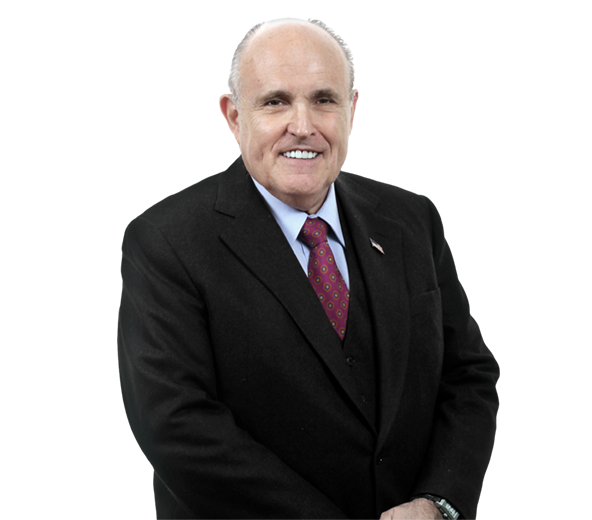
"One of the strategies that helped bring about an 85% reduction in crime in New York City between 1994 and 2013 was the careful and appropriate use of stop and frisk."
Mike Bloomberg
Mayor of New York City
2002 - 2013

"90 percent of all those who commit the murders...are black and Hispanic...they are stopping people in those communities who fit descriptions of suspects."
Bill de Blasio
Mayor of New York City
2013 - present
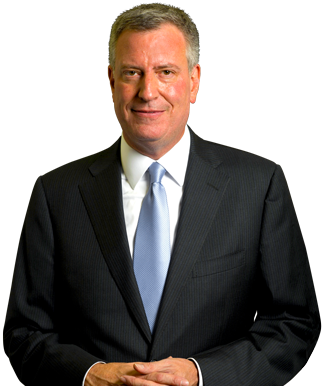
"Stop and frisk disproportionately targets people of color and creates anger and distrust toward officers...[we] will sign legislation to end racial profiling."
Barack Obama
President of the United States
2009 - 2017

"People of color are more likely to be stopped, frisked, questioned, charged, detained. Our nation is being robbed of men and women who could be workers."
Donald Trump
President of the United States
2017 - present

"I would do stop and frisk. I think you have to. I see what's going on in Chicago, I think stop and frisk. In New York City it was so incredible, the way it worked."
Citywide Perspectives: Stops Down 90% Since 2012
Personal Perspectives: See How Your Odds Changed
About This Site
This website was built by Samuel Stone and Katherine Loboda for Harvard's CS171 Visualization course.
For teaching us how to design and implement visualizations, we owe thanks to Dr. Johanna Beyer. Most of all, we must thank Charlene Hwang, our Project TF, without whom this website would never have been possible.
For additional information on our development process, see our process book.
To download our primary dataset, click here .
References
- For the news articles in our timeline, as well as for background information throughout our development process and quotes from various politicians on the issues, we relied on The New York Times, The Center for Constitutional Rights, Gotham Gazette, The Wall Street Journal, and Newsday.
- For the images of key New York City and national politicians, we thank Wikipedia and its network of associated sites.
- For the other images throughout our site, we thank The New York Daily News, The Observer, BK Nation, Law Professor Blogs Network, Gotham Gazette, The New York Times, The Guardian, and Newsday.
- For our primary source, we thank the NYPD for making its stop and frisk data publicly available in a free and easily accessible way.
- For our precinct-level racial data, we thank John Keefe, who made this data publicly available on his website.
- On the back-end, thanks to the developers of noUISlider, Horizontal Timeline, and Colorbrewer. for creating such powerful and easy-to-use tools that made our visualizations possible.
- Further thanks is owed to Mike Bostock who makes dozens of his involved D3 visualizations and code publicly availble.
- A similar thank you to both Kerry Rodden and Blocks user kaz-a who made tremendously useful sample code for a sunburst available freely online.
- Additionally, a big thank you to the developers of Fullpage.js, the Solar theme of Bootswatch, and Bootstrap for making every other part of this site possible.







